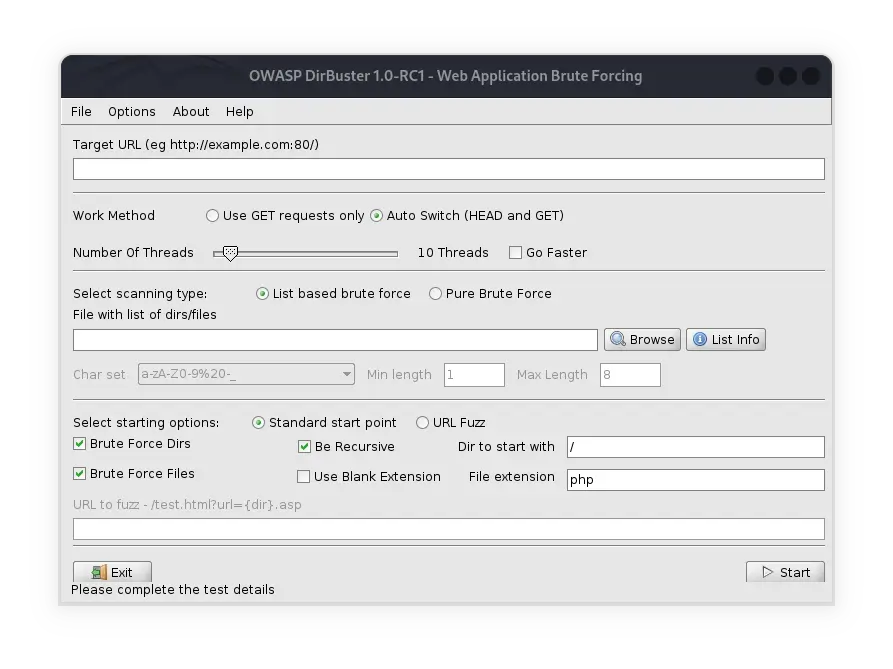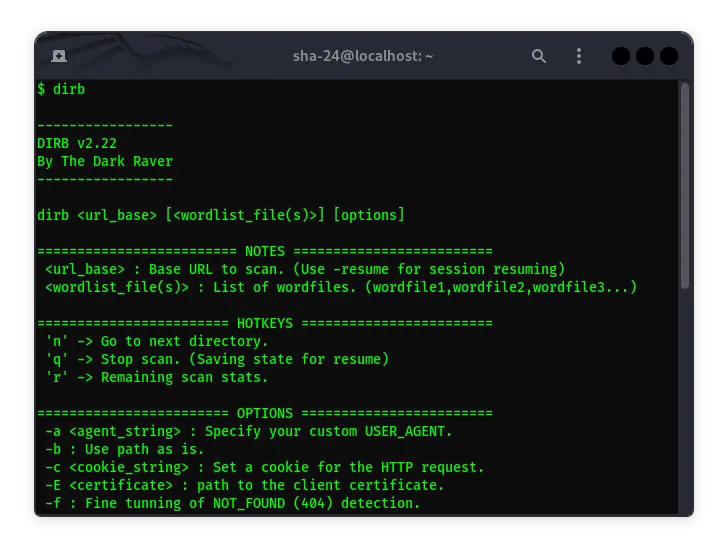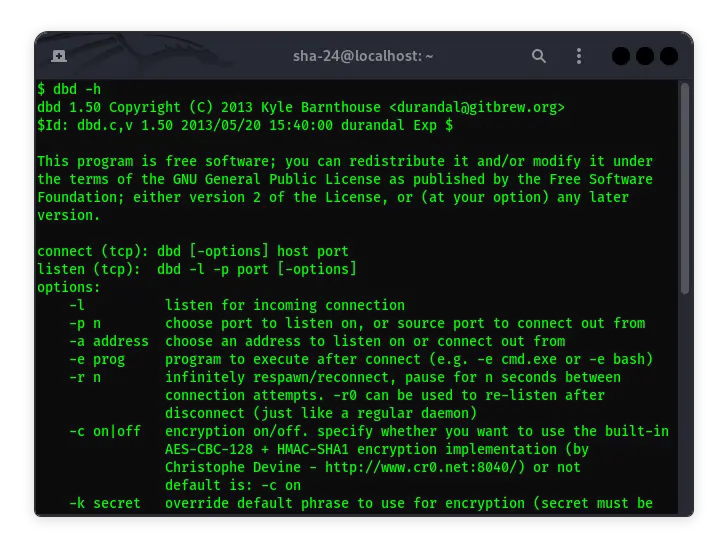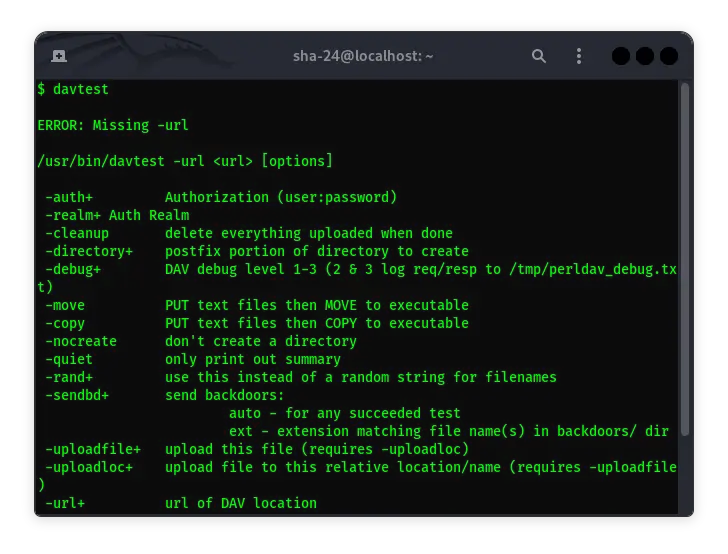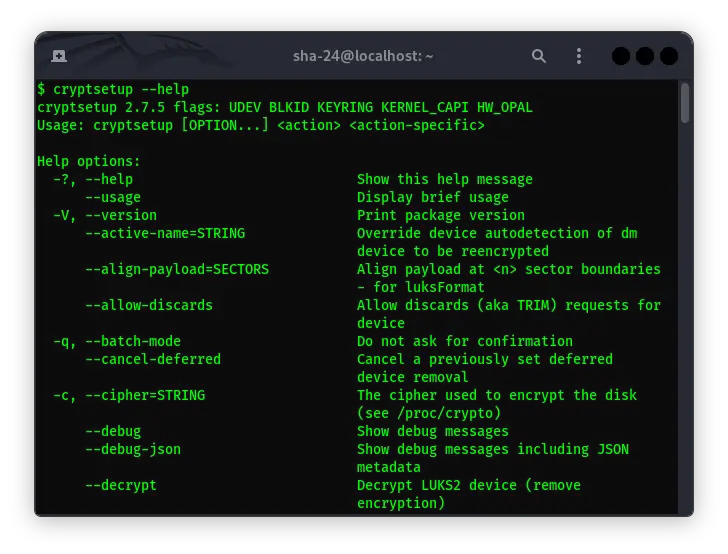Published on Apr 11, 2025
Red Hat Linux: An In-Depth Introduction and Explanation
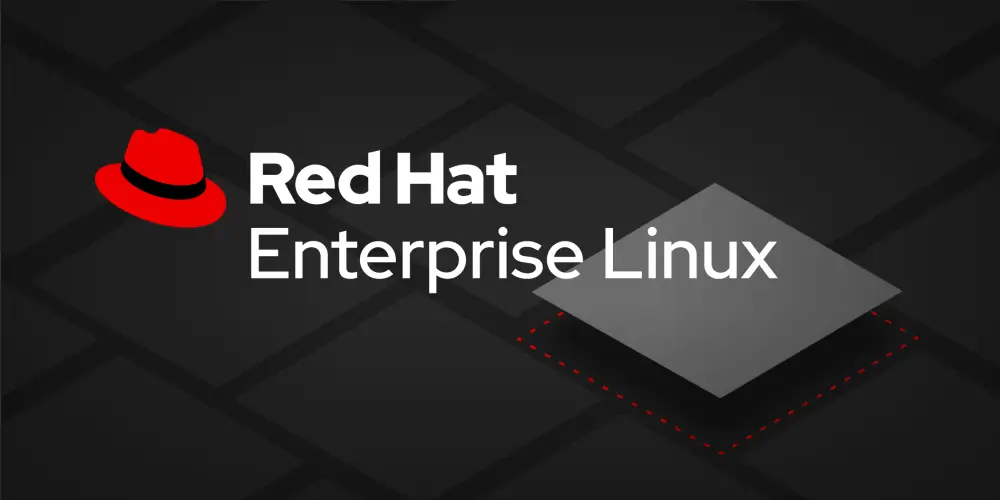
Red Hat Linux is one of the most recognized Linux distributions in the world, especially among large companies and organizations. Founded in 1994 by Bob Young and Marc Ewing, Red Hat has grown into a multinational software company focused on open-source solutions for enterprises. This article will discuss the history, features, benefits, and various important aspects of Red Hat Linux.
History of Red Hat Linux
- The Beginning
Red Hat Linux was first released in October 1994. Initially, this distribution was designed to be a stable and reliable open-source solution for businesses. The name “Red Hat” comes from the red hat often worn by Marc Ewing, one of the founders.
- Development
Red Hat Linux has undergone various transformations over time. In 2003, Red Hat decided to discontinue the retail version of Red Hat Linux and replaced it with Red Hat Enterprise Linux (RHEL), which is intended for business needs. Meanwhile, the Fedora Project was introduced as the successor to Red Hat Linux for the open-source community.
Key Features of Red Hat Linux
- Stability and Reliability
Red Hat Linux is designed to offer enterprise-grade stability. This means that each new release undergoes rigorous testing to ensure high reliability in production environments.
- Long-Term Support
One of the main attractions of Red Hat Enterprise Linux is its long-term support. Each version of RHEL gets 10 years of support, which includes security updates, bug fixes, and technical support.
- Rich Ecosystem
Red Hat Linux supports a wide range of hardware architectures and can be integrated with many other enterprise software, such as databases, web servers, and IT management tools.
- Security
Red Hat Linux comes with a variety of security features, including Security-Enhanced Linux (SELinux), which provides tight access control to system resources.
Benefits of Using Red Hat Linux
- Cost Efficiency
While Red Hat Enterprise Linux requires a paid license, this cost is often lower than other proprietary solutions. With open-source support, users can also reduce the cost of additional software.
- Community and Professional Support
Red Hat provides strong professional support, with a team of experts ready to assist customers. In addition, the active Fedora community also provides many resources for users.
- Continuous Innovation
Through the Fedora Project, Red Hat continues to innovate by introducing new technologies that are then integrated into RHEL.
- Wide Compatibility
RHEL is compatible with a wide range of hardware and software, making it an ideal choice for companies with complex IT infrastructures.
Red Hat Linux in the Corporate World
Red Hat Linux has become the preferred choice for many large enterprises, including financial institutions, technology companies, and governments. This is due to its ability to handle heavy workloads and stringent security requirements.
Red Hat OpenShift
One of Red Hat’s latest innovations is OpenShift, a fully managed Kubernetes platform. OpenShift enables enterprises to run container-based applications with ease, supporting faster application development and deployment.
Conclusion
Red Hat Linux is a symbol of reliability and innovation in the open-source world. With a focus on the needs of the enterprise, Red Hat continues to provide solutions that enable organizations to run their IT operations efficiently and securely. Whether through Red Hat Enterprise Linux or Fedora, Red Hat’s contribution to the Linux ecosystem remains unmatched.
That’s all the articles from Admin, hopefully useful… Thank you for stopping by…

